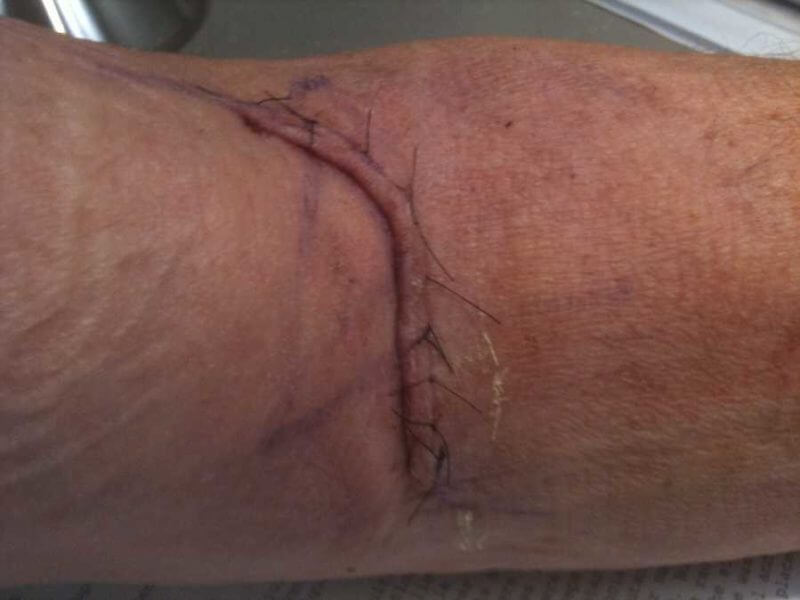Scientists at Oregon State University have made a key advance against dangerous and costly surgical site infections, the type of infection most commonly associated with health care procedures.
Each year in the U.S. alone, the researchers note, roughly 300,000 surgical patients develop an infection within 30 days of their operation, and more than 13,000 of those people die. The infections account for an estimated $10 billion in additional health care costs.
But researchers at OSU and the University of Nebraska Medical Center have uncovered a possible new preventative technique: adding an enzyme inhibitor to nanofiber-based wound dressings loaded with vitamin D, resulting in enhanced production of an antimicrobial peptide.
“Because these wound dressings work by enhancing innate immune responses rather than by containing conventional, single-target antimicrobial compounds, they are less likely to contribute to drug resistance,” said OSU researcher Adrian Gombart.
Gombart, professor of biochemistry and biophysics in OSU’s College of Science and a principal investigator at the university’s Linus Pauling Institute, and his collaborators have for years been probing how to use vitamin D to combat infection via wound dressings and sutures.
Vitamin D, fat soluble and present in very few foods – including the flesh of fatty fish, beef liver, cheese and egg yolks – promotes calcium absorption in the gut and is needed for bone health. Manufactured by the body when triggered by sunlight, it’s also important for cell growth, neuromuscular function and inflammation reduction.
In this latest study, Gombart and collaborators including OSU’s Gitali-Ganguli Indra, Nilika Bhattacharya, Isabelle Logan and Arup Indra tested wound dressings containing both the bioactive form of vitamin D – 1,25-dihydroxyvitamin D3, or 1,25(OH)2D3 – and another compound known as VID400 that were developed by Jingwei Xie and his team at the University of Nebraska Medical Center.
VID400 acts as a brake on the enzyme, CYP24A1, that breaks down 1,25(OH)2D3.
Gombart earlier looked at bioactive vitamin D’s role in promoting the body’s production of the antimicrobial peptide LL-37, linked to a gene, CAMP, that’s present in humans and other primates. Other mammals, including mice, have a similar gene, Camp, but vitamin D does not trigger it to set in motion LL-37 production.
To study how vitamin D and the CAMP gene work together to help thwart infection, Gombart and his research team developed a line of mice that carry the CAMP gene but not Camp. They bred mice engineered to carry human CAMP to mice with their Camp gene knocked out, resulting in mice with an antimicrobial peptide gene regulated by the bioactive form of vitamin D.
That research showed that the mice with the human CAMP gene displayed enhanced resistance to gut infections, and that staph infections on their skin could be successfully treated with the bioactive form of the vitamin.
Like the previous work, the latest study used human skin tissue, collected from plastic surgery patients, in culture as well as the CAMP mouse model. It builds on the earlier findings by showing that VID400 prevents the vitamin D from degrading, meaning it can do a better job of activating the CAMP gene, which means better infection protection.
“This research clearly shows the potential of the nanofiber dressings loaded with both bioactive vitamin D and VID400 to help prevent surgical site infections by inducing antimicrobial peptide expression better than either compound alone,” Gombart said.
Xie was the study’s corresponding author, and his University of Nebraska Medical Center colleagues Yajuan Su and Shannon Wong also took part in the research, which was funded by the National Institutes of Health.

